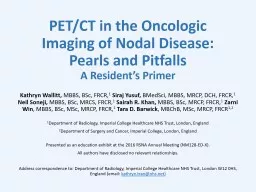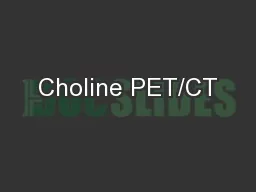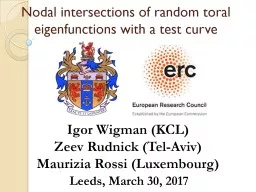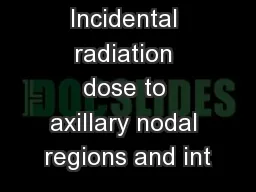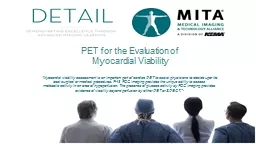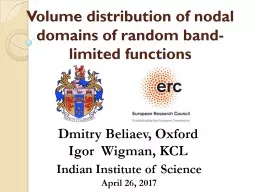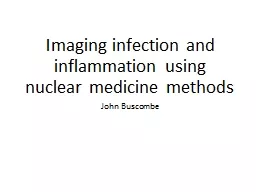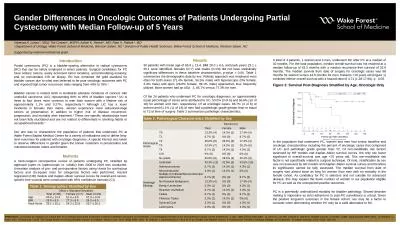PPT-PET/CT in the Oncologic Imaging of Nodal Disease: Pearls and Pitfalls
Author : bella | Published Date : 2022-06-01
A Residents Primer Kathryn Wallitt MBBS BSc FRCR 1 Siraj Yusuf BMedSci MBBS MRCP DCH FRCR 1 Neil Soneji MBBS BSc MRCS FRCR 1 Sairah R Khan MBBS BSc MRCP FRCR
Presentation Embed Code
Download Presentation
Download Presentation The PPT/PDF document "PET/CT in the Oncologic Imaging of Nodal..." is the property of its rightful owner. Permission is granted to download and print the materials on this website for personal, non-commercial use only, and to display it on your personal computer provided you do not modify the materials and that you retain all copyright notices contained in the materials. By downloading content from our website, you accept the terms of this agreement.
PET/CT in the Oncologic Imaging of Nodal Disease: Pearls and Pitfalls: Transcript
Download Rules Of Document
"PET/CT in the Oncologic Imaging of Nodal Disease: Pearls and Pitfalls"The content belongs to its owner. You may download and print it for personal use, without modification, and keep all copyright notices. By downloading, you agree to these terms.
Related Documents

